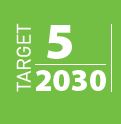





New Car Assessment Programs (NCAP)
The safety of a vehicle can have a large impact on the survivability of vehicle occupants as well as those that the vehicle may hit in the event of a crash.
Provision of information on the relative safety of vehicles enables new car buyers to select vehicles that are safer. Provision of this information has also resulted in competition between motor manufacturers, leading to overall improvements in vehicle safety.
New Car Assessment Programs (NCAP) test new cars and gives them a safety rating from zero to five stars. A rating of zero stars means people in the car would have a higher chance of being injured or dying in a crash and a rating of five stars means people in the car would have a much lower chance of being injured or dying in a crash.
NCAP assess the effects of various types of crashes on the people in the vehicle, the effects on pedestrians if they are hit by the car, and safety technologies in the car. The program uses crash testing (including crash test dummies) which are conducted at various speeds for a front-on crash, side impact crash and hitting a pole with the side of the car.
Since the inception of the first NCAP in 1978, there are currently nine NCAPs worldwide in Asia, Australia, Europe, Latin America and the USA. NCAPs have been highly successful in influencing the supply and demand for safer vehicles and increasing the proportion of vehicles achieving better performance as well as pilot crash testing programmes in India and Africa (called Safer Cars for India and Safer Cars for Africa).
On all these websites car buyers can find out the safety ratings of cars.
- Australasian New Car Assessment Program (ANCAP).
- New Car Assessment Programme for Southeast Asia (ASEAN NCAP).
- China New Car Assessment Programme (C-NCAP).
- European New Car Assessment Programme (Euro NCAP).
- Insurance Institute for Highway Safety (IIHS).
- Japan New Car Assessment Program (JNCAP).
- Korean New Car Assessment Program (KNCAP).
- New Car Assessment Program for Latin America & the Caribbean (Latin NCAP).
- National Highway Traffic Safety Administration’s New Car Assessment Program (NHTSA’S NCAP).
- Safer Cars for India.
- Safer Cars for Africa.
Treatment Summary
Costs | High |
Treatment life | 1 year/temporary |
Potential casualty reduction | 25-40% |
Case Studies
Related Images
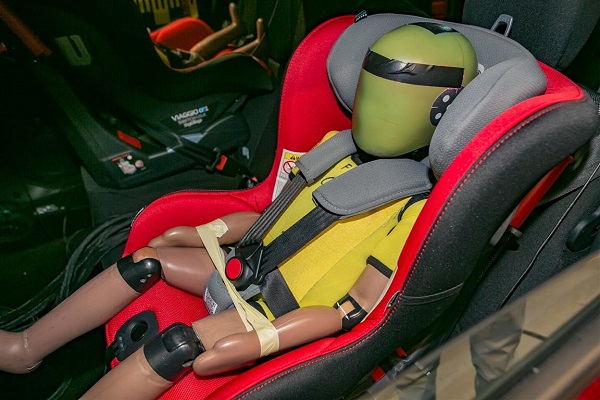 Child seats and restraints ready for crash testing. Image credit: LatinNCAP
Child seats and restraints ready for crash testing. Image credit: LatinNCAP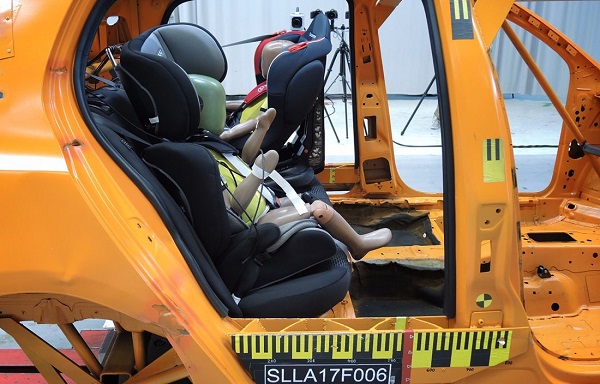 Child seats and restraints ready for crash testing. Image credit: LatinNCAP
Child seats and restraints ready for crash testing. Image credit: LatinNCAP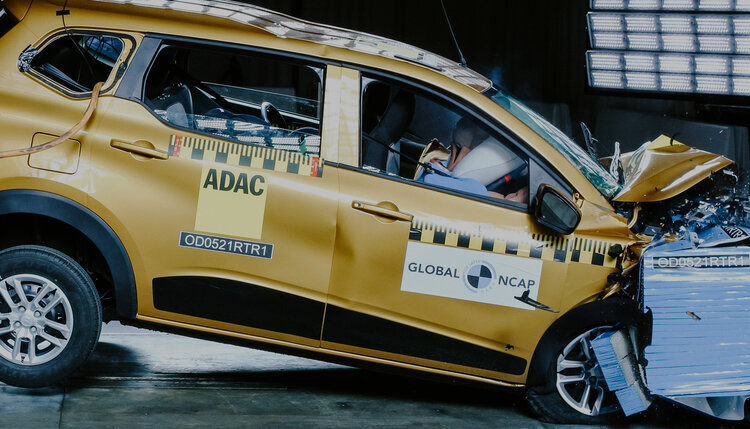 New car crash test. Image credit: GNCAP
New car crash test. Image credit: GNCAP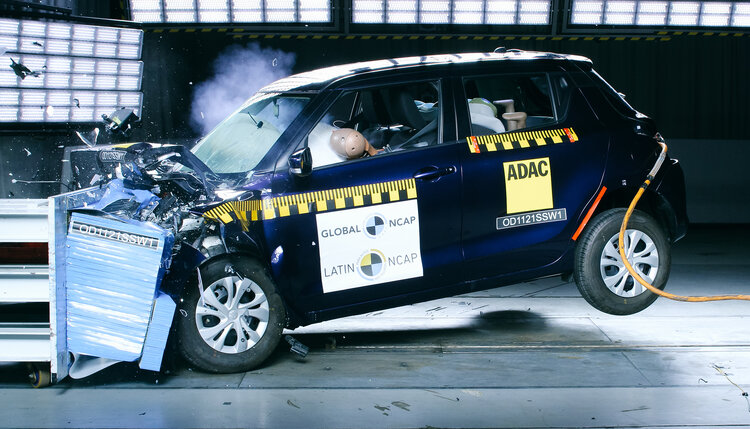 New car crash test. Image credit: GNCAP
New car crash test. Image credit: GNCAP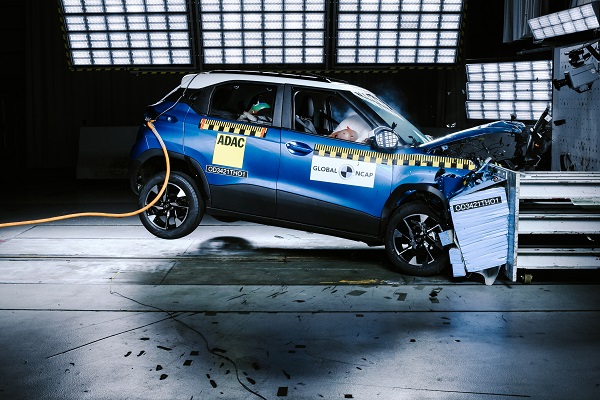 Airbag deploying during a crash test. Image credit: GlobalNCAP
Airbag deploying during a crash test. Image credit: GlobalNCAP









